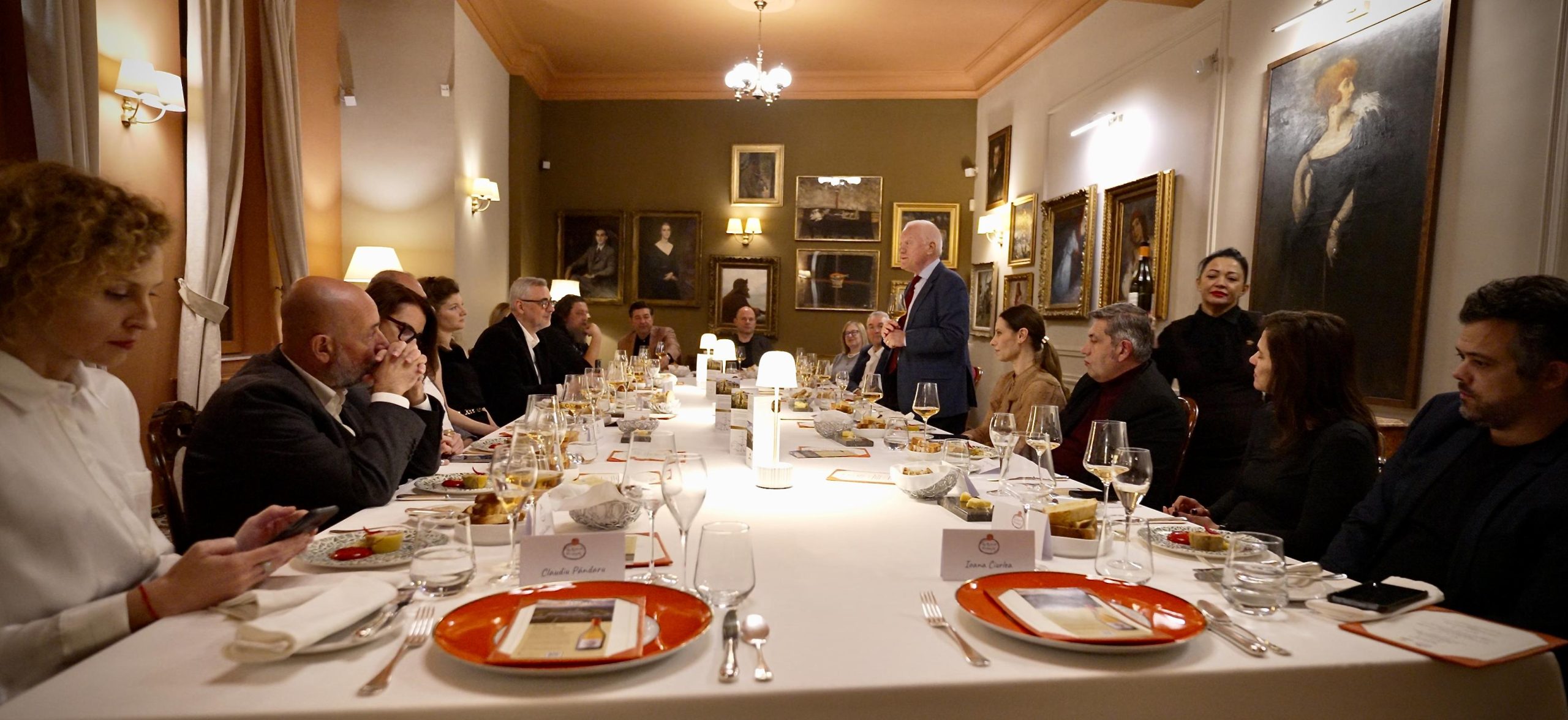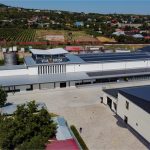Last night, during a friendly gathering with representatives from the generalist and specialized wine press, Valeriu Stoica, founder of Avincis, officially launched the winery’s first orange wine. "Orange" wines derive their name from the amber-red hue they acquire during a long fermentation–maceration process, in which the wine is kept with the grape skins and seeds.
Updated History
The trend for orange wine took root about 20 years ago and can be seen as a response to the new wave of technology implemented in most wineries. The production method involves fermenting the wine in “qvevri” amphorae, the famous buried vessels from Georgia, where it’s said that wine was first produced 6,000-7,000 years ago. After fermentation, the wine is not separated from the skins and seeds but continues macerating for several weeks or even months.
In the case of Avincis’ orange wine, the process involved two months of maceration, followed by blending – the three wines used are Tămâioasa Românească, Feteasca Regală, and Crâmpoșia, fermented in separate amphorae – and aging for one year in 500-liter oak vessels. The result is an intense, complex wine where oxidative notes blend harmoniously with aromas of orange peel and blossoms, white flowers, candied fruit, quince, walnuts, and honeycomb.
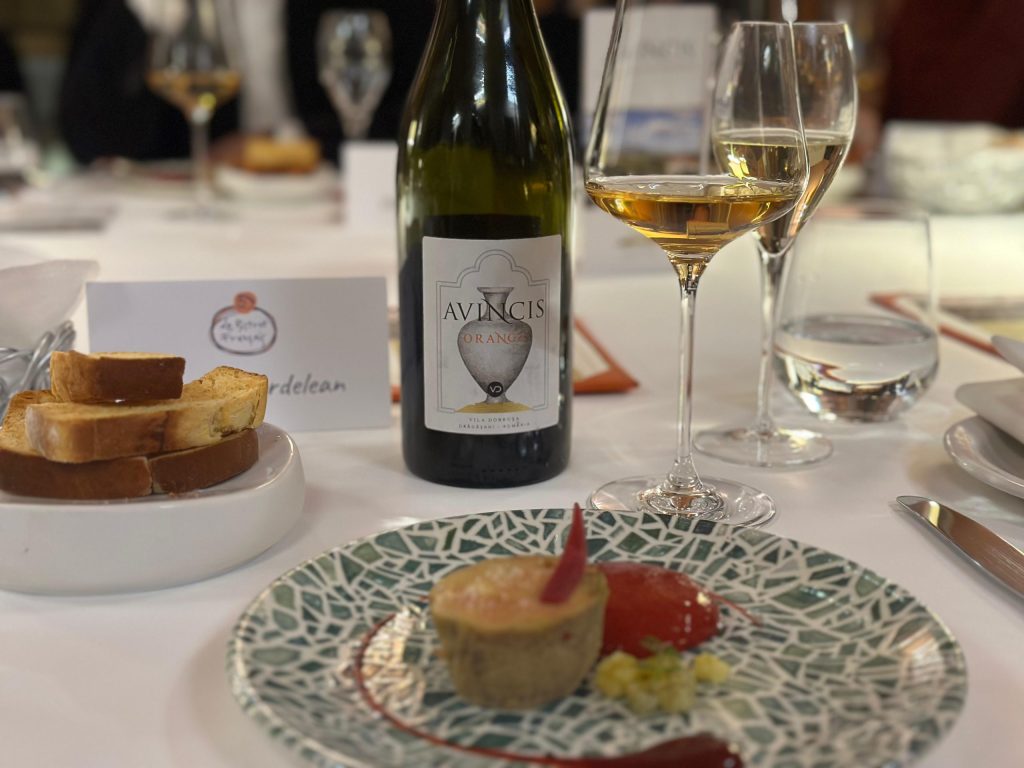
Second Surprise: A New Edition of Alutus Primus
At the same event, Alutus Primus 2021 was officially launched, marking the second edition of a wine that impressed from its first vintage – Alutus 2020 won a gold medal at the Decanter Wine Awards, a prized and challenging accolade.
Unlike the first edition, which was more concentrated, extractive, and revealed its details over time, the 2021 version is lighter, reminiscent of the Burgundian winemaking school, with a more narrative profile, revealing layers of expression in succession.
Though they may seem like completely different wines, Alutus 2020 and 2021 are wines that fully express the character of the grapes and the conditions of each vintage. Naturally, the significant differences between these expressions pique our curiosity to explore the surprises this new variety may hold in the future.
With an already important portfolio of local varieties – Cramposie, Cramposie Selectionata, Negru de Dragasani, Novac, and Alutus – the Dragasani area is beginning to define a sense of terroir, taking a considerable lead in establishing its unique identity. With significant investment in gastronomy and wine tourism, it wouldn’t be surprising if Dragasani becomes the “next Dealu Mare,” though Dealu Mare’s success is still just a fraction of the region’s true potential.
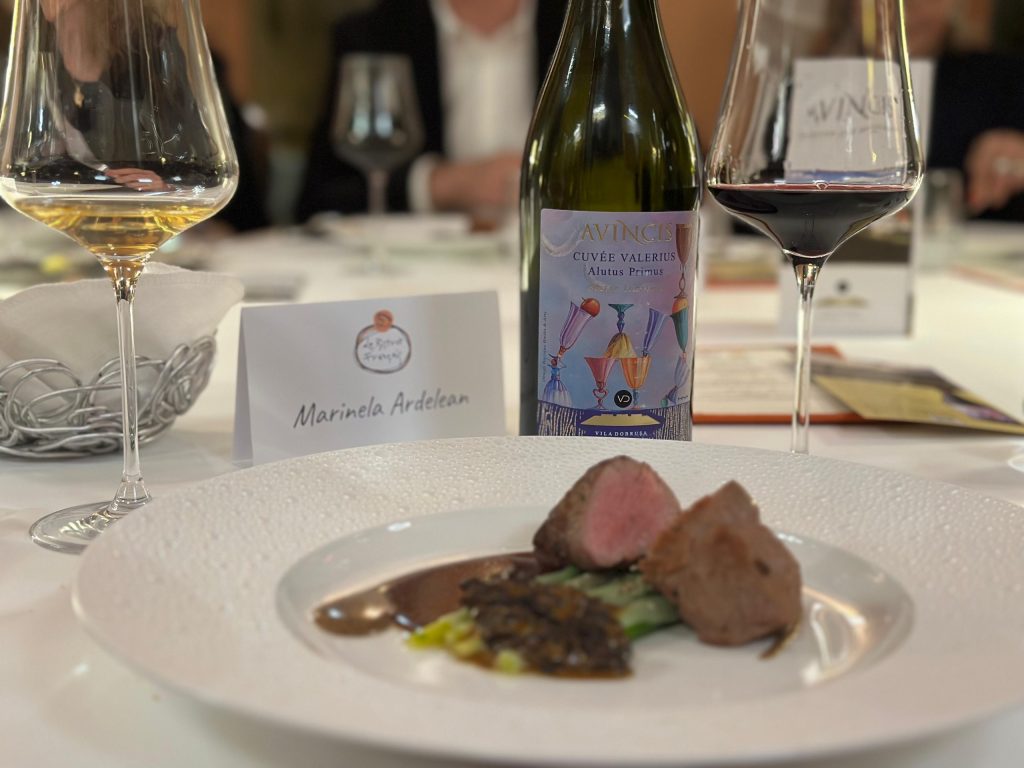
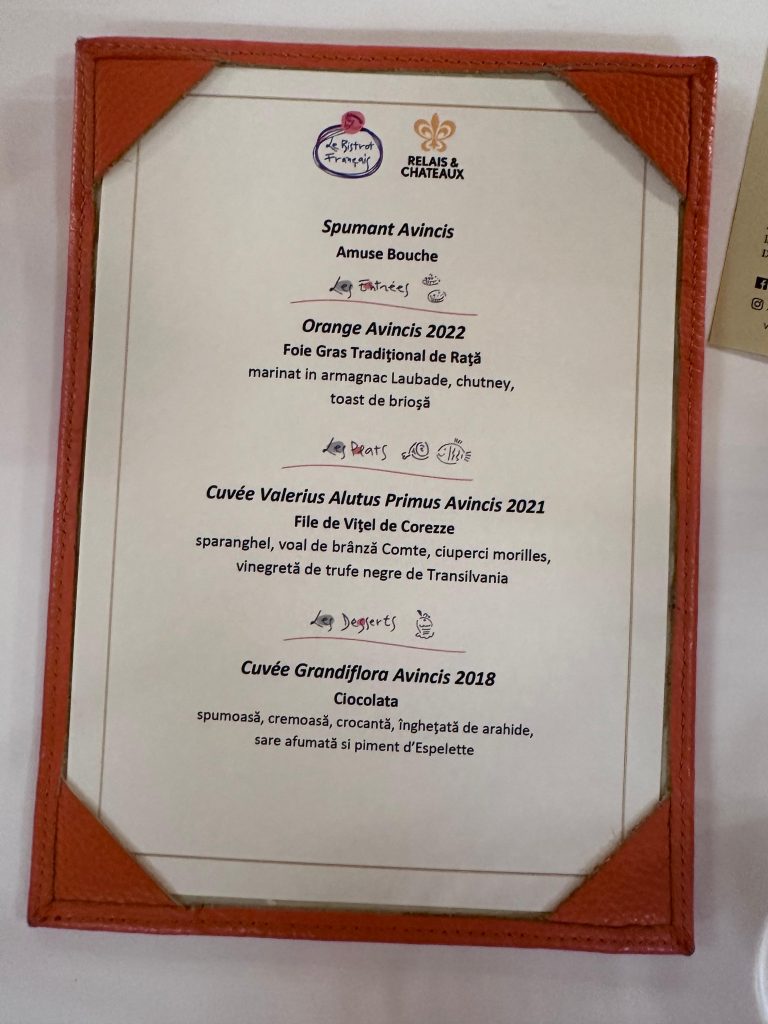
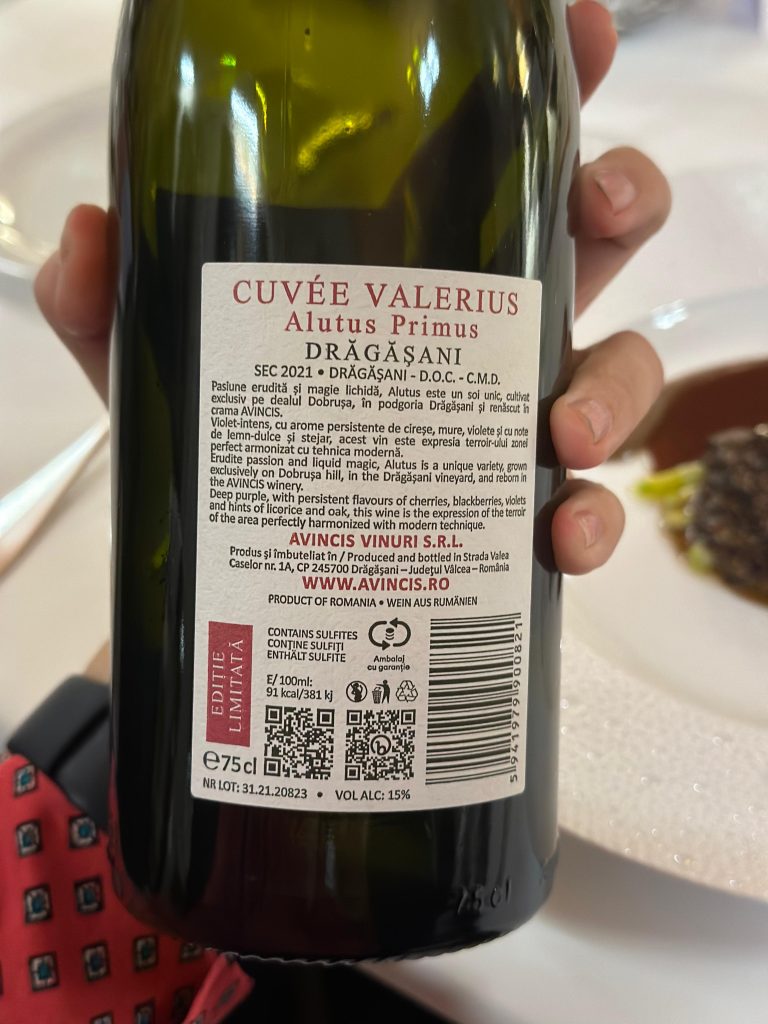
Bubbles, Poetry, Gourmet
For a complete evening, guests also tasted already established wines from the Avincis portfolio – Avincis sparkling wine, currently made from Cramposie and Pinot Noir, with an announcement of a 100% Cramposie sparkling wine in the works, and Cuvee Grandiflora, a blend that has already gone through several recipes and may find its definitive expression in a future vintage when a mix between Negru de Dragasani, Feteasca Neagra, and Alutus will be experimented with.
For each wine, the hosts prepared two pairings: Valeriu Stoica, in his unique style, a poem by Stefan Augustin Doinas, and Bistrot Francais, a fitting dish. Only delicacies, of course, from Correze veal to Transylvanian truffle sauce or three-textured chocolate. All set in the elegant ambiance of the recently opened floor of the bistro, which also houses an impressive collection of paintings.
In rezumat: vinuri bune, delicatese de exceptie, muzica (la nivel ambiental) pe masura, poezie si arta, intr-o seara memorabila care promite sa se transforme intr-o celebrare anuala a noilor recolte.
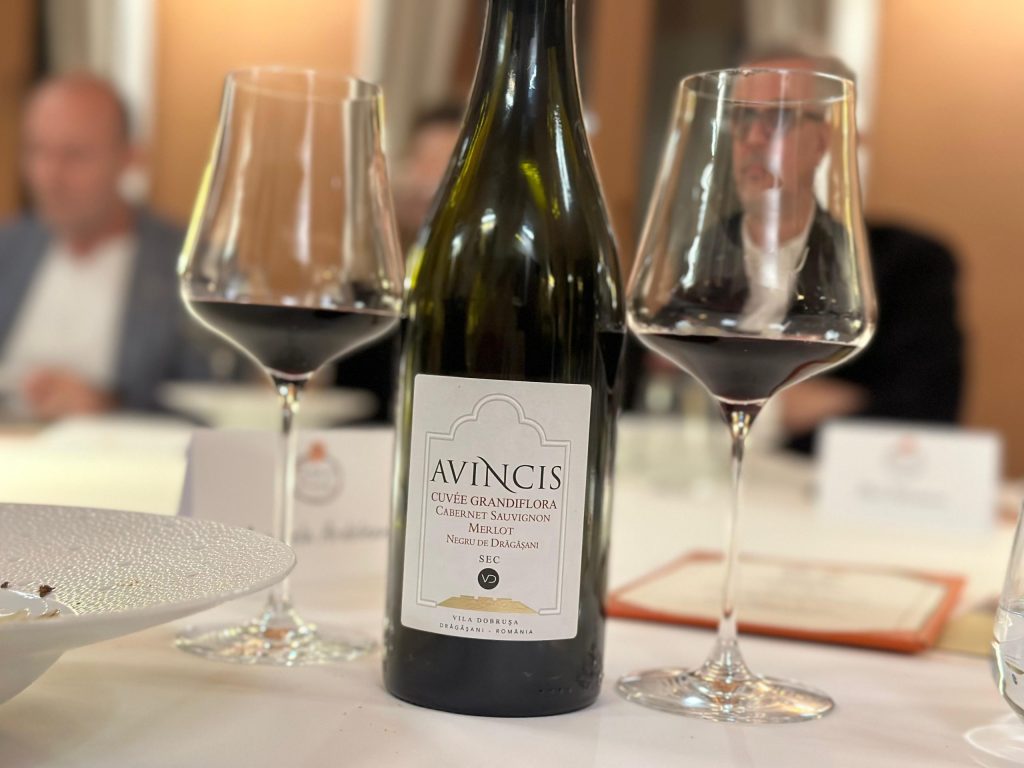
Credit photo: @savor.tv

